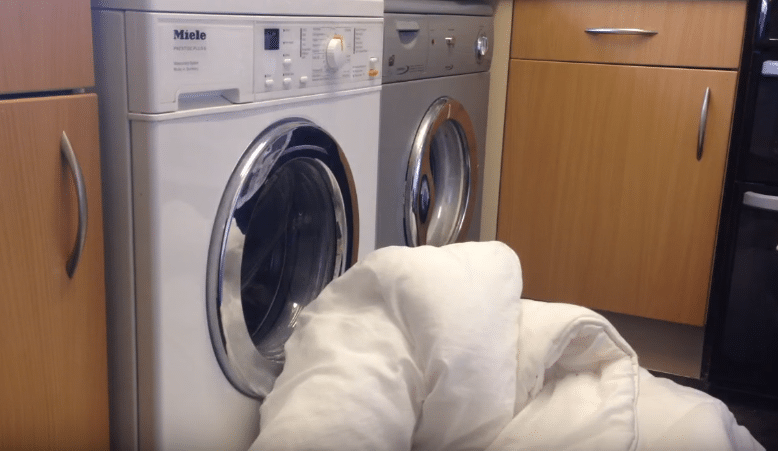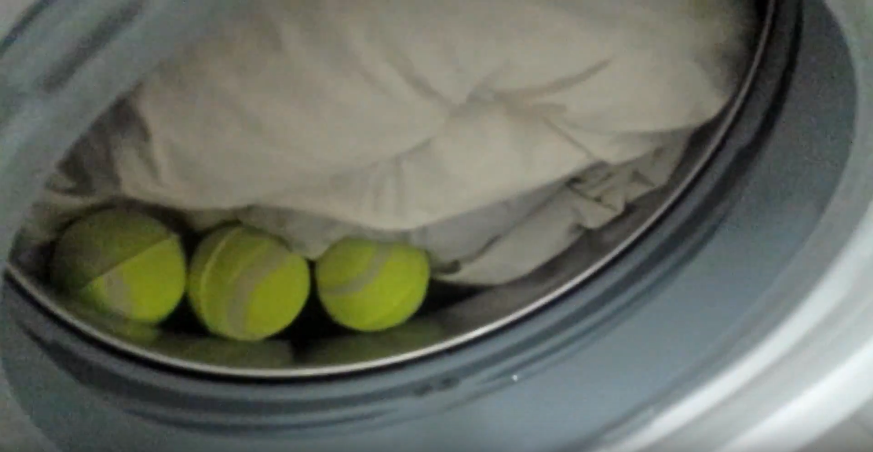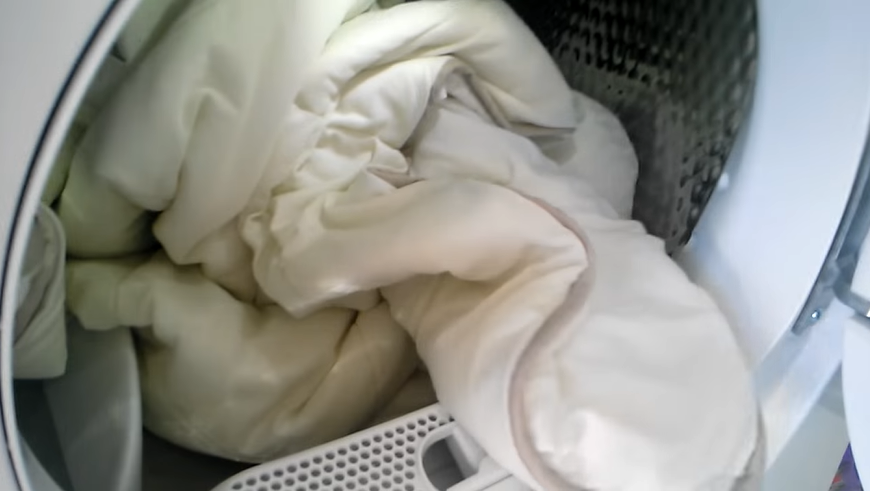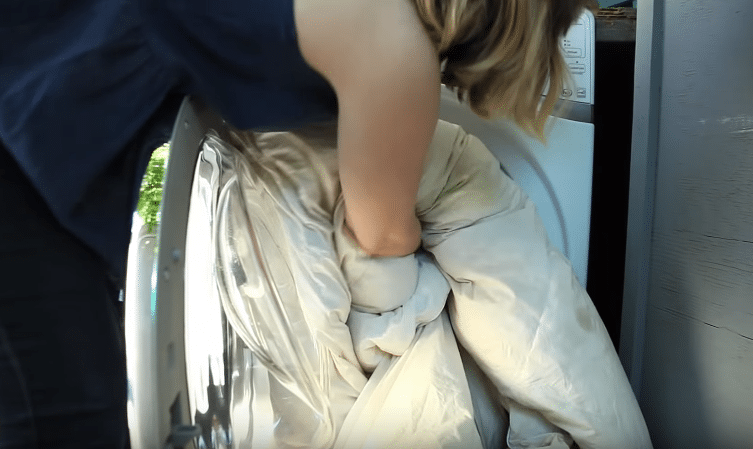Choosing the right duvet to sleep well is one thing, maintaining it is another! We would like to postpone this question to a later date… but we have to deal with the chore of washing a duvet one day or another. And unlike bed linen, this is not an easy task. However, you will have to get started to remove dust mites that cause allergies during the night and sweat stains. Whether it is a natural duvet (goose down or duck down duvet, silk duvet, organic cotton, bamboo, etc.) or anti-mite synthetic fibers (polyester, etc.), we nevertheless want to retain all of its soft and air it well! Here are some tips to ensure that everything goes smoothly and that washing your duvet is no longer a dreaded chore.
A few checks before washing your duvet in the machine

First, check that there is no holes to repair so as not to damage the duvet and your washing machine. Plus, we don’t want the filling to go to waste! Afterwards, treat any stains before with adequate treatment. For stubborn stains, we recommend the unbeatable mixture of dishwashing liquid and hydrogen peroxide. Otherwise, opt for one of the effective stain removers listed here.
Furthermore, check on the label that it is possible to machine wash your duvet and at what temperature. Also, check that the drum of your washing machine is suitable. A 5 kg machine is enough for a 140*200 cm duvet. If it measures 200*200 cm, choose a 7 kg machine. Beyond that, choose a machine weighing 10 kg or more. Ideally, the drum should be 3/4 full. Fortunately, if machine washing is impossible with a king size bed, you can always go to the laundromat! With these large capacity machines, you can wash a light duvet or very warm winter duvet without problem. In any case, follow the advice below.
Concretely, how do you go about washing your duvet?

The program must be set to a normal cotton cycle at 30 or 40°C and a extra rinse. Otherwise, you can also do two rinse cycles. Then set the spin between 900 and 1000 revolutions (no more to avoid tearing). For down or feather duvets, you would even benefit from using a lower spin! And above all, add two or three tennis balls in your drum to beat your duvet well and preserve its fluffiness. We wouldn’t want her to shrivel up! If you’re worried about them bleeding, slip them into a sock and tie. Moreover, accordion-fold the duvet for more even cleaning.
In terms of detergent, we recommend liquid detergent which leaves fewer traces. This way, you do not risk seeing mold appear. However, don’t overdo the quantities thinking better about washing your duvet and forget the fabric softenerespecially for natural duvets that contain down or feathers.
And afterward, how do we manage the drying of the duvet?

Of course, opting for the dryer is the simplest and most practical option. Here, we will once again use our two or three tennis balls for more bouncy. Also, we will favor a lower temperature, especially for a duvet with natural or colored filling. Note that a thick duvet heavy weight will require a longer drying time. In general, we recommend stopping the dryer every half hour so as not to overuse the drying time. And afterward, we still leave the duvet in the open air before storing it or reusing it. However, we don’t necessarily have a dryer? If the temperatures are mild, you can air dry. Otherwise, a warm, ventilated room will do.
You will have the right to a good restful sleep, warm under the duvet after that… And also remember to give your pillows, your comforters and your mattresses a clean from time to time. What if changing the duvet cover to wash it is always complicated, there is a technique to put it on in a few seconds and without effort!


